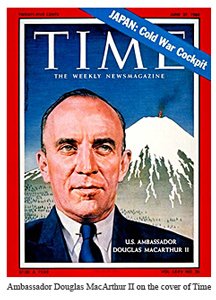(Co-authored with John Rury, Professor of Education at the University of Kansas – published in the Huffington Post, Jan. 16, 2015).
 The ongoing debate in Kansas over school funding is important not only for the state’s education policy, but also for how we think about our democracy. Controversy was rekindled at the end of December when a three judge panel of the District Court in Shawnee County issued a judgment declaring the legislature’s current funding formula inconsistent with the Kansas Constitution. The panel noted that the formula was both inadequate and inequitable, and that as much as $802 million in additional resources for public education could be required for the legislature to meet its constitutional obligations.
The ongoing debate in Kansas over school funding is important not only for the state’s education policy, but also for how we think about our democracy. Controversy was rekindled at the end of December when a three judge panel of the District Court in Shawnee County issued a judgment declaring the legislature’s current funding formula inconsistent with the Kansas Constitution. The panel noted that the formula was both inadequate and inequitable, and that as much as $802 million in additional resources for public education could be required for the legislature to meet its constitutional obligations.
Echoing other Republican legislators and conservative pundits, Senator Steven Fitzgerald of Leavenworth was quoted in the Kansas City Star describing the ruling as “terrible,” adding “people who voted for their representatives aren’t going to be too happy with the unelected judges saying their money has to go more into the schools.” This suggests that courts should be subordinate to the majoritarian legislature, which in turn should have complete discretion over how, or even whether, to fund education for everyone.
But this argument misapprehends the nature of constitutional democracy. As conceived since the nation’s founding, constitutions are understood to provide the legal framework for democratic government, distribute political authority among its branches, enshrine rights, and lay out the fundamental values and principles by which to live for generations to come. Given this, other laws and government action must be consistent with the constitution, or be deemed invalid.

